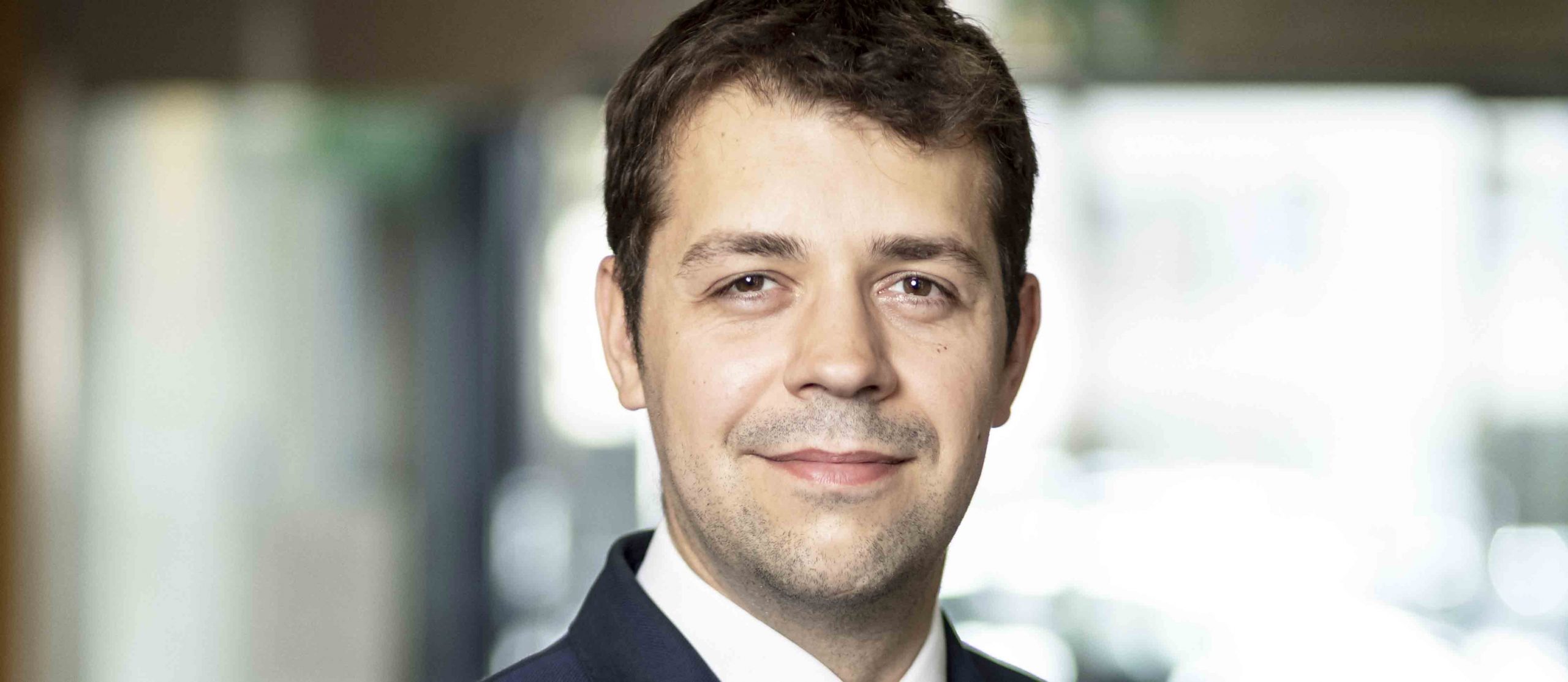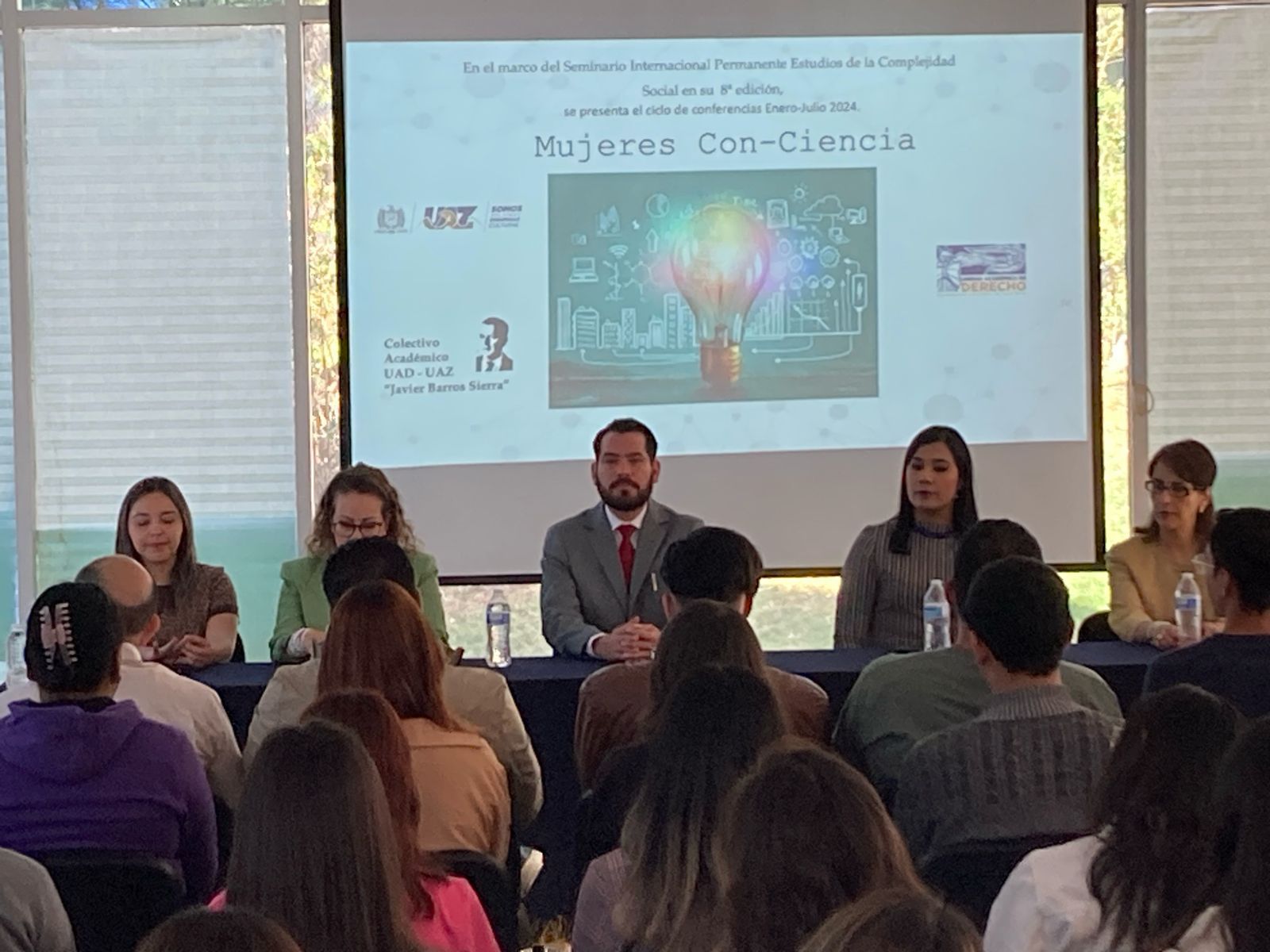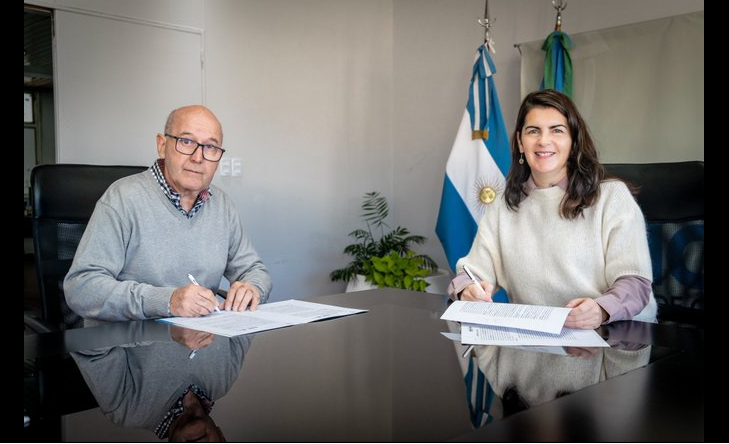The French director is working on new methodologies for integrating biodiversity into sustainability analysis.
Interest in biodiversity in the financial field is starting to gain importance as a result of COP26 in Glasgow. for experts La Financière de l’ÉchiquierThe importance of biodiversity when defining its strategy is linked to combating climate change. Both crises are closely related. As you aim Valentine Vigerspecializing in entity SRI’Climate change threatens biodiversity and is the result of human activity. These two environmental crises pose great risks to society, its residents, businesses and, consequently, to investments.”
LFDE recently published its first report on climate and biodiversity, in which they assess the fulfillment of their commitments and measures adopted in 2021. It is a matter of recognizing the importance of risks to climate and biodiversity for asset management. Its efforts focus on attempting to measure the positive and negative effects of portfolio companies’ activities, as well as the positive and negative effects of climate change and biodiversity loss on operations.
novelty of biodiversity
Concern for biodiversity is a fairly new topic. To focus on this investment issue, LFDE has decided to join the Funding for Biodiversity Pledge initiative. As Vigier explains, the commitment to collaboration with biodiversity brings together more than 80 international institutions with €12.6 trillion in assets under management. Within this framework, the Director has committed to incorporating biodiversity criteria into his ESG analyzes by 2024, to measure the impact of his investments on biodiversity, to cooperate with companies and to publish the results of his commitments and the impact of his investments transparently.
“For us, it is very important to join an initiative like this, with long-term goals, but with a periodic review of commitments.” That is, as Viger points out “The biodiversity approach is more complex than the climate approach, because it’s more specific and on a smaller scale, there aren’t a lot of indicators to add, which makes the analysis more complex, but it has a big impact on the real economy.”
What is biodiversity?
But what is this biodiversity? Part of “considering ecosystems as service providers,” explains Vigier, “nature allows climate to be regulated, gives us land to farm, bees to pollinate, etc. The question is what pressure human activity assumes.” Among the problems are pollution, climate change, and overexploitation of soils. Or the effects of invasive species. He explained that “the stress and degradation of ecosystems means they cannot provide the same level of services, and there are some studies, such as one by the World Wide Fund for Nature, which indicate that replacing them artificially would cost $500,000 million a year.” .
It is therefore essential that companies and entities take measures to understand and be able to manage their impact on biodiversity. LFDE engages in sharing and education. “We’ve started doing workshops for some of the companies we invest in and we’ve also started dialogues, in line with what we’re doing with the Climate Action 100+ initiative,” he notes.
How to invest in biodiversity
From an investment standpoint, Vigier points out that they can choose between three types of companies. “On the one hand, it is about finding companies that can find solutions to these problems, and on the other hand, we are trying to find what we call the leading companies, which have already begun to analyze the impact on the entire value chain. We believe that they will be the leading companies in the future, because they will really adapt to Regulations that will definitely come in. Finally, we have what are called companies in transition, who could benefit from improving them and changing their practices,” he explains.
In selecting these companies, LFDE works on its own tools such as the Climate Maturity and Biodiversity Tool, Based on the study of different aspects of companies. “We start with the governance part, looking to see if there are managers on the team, or on the board, who know how to integrate these aspects into strategy.” Several indicators are in development, such as a model that measures the abundance of species diversity and is working to indicate the impact of each euro of income in a given activity on species diversity. “These are still proxies, but they are really data that we can share with companies and with our customers, in order to see the size of the impact,” adds Vigier.
This quantitative approach joins the qualitative approach to analyze governance, implemented strategies and objectives, identify risks and measures taken to reduce impact. All this allows us to get a more approximate idea of \u200b\u200bthe influence of each company. He concludes, “It is about giving more space to biodiversity in portfolios, and it will need a lot of funding, the important thing is to find good approaches and improve methodologies.”





